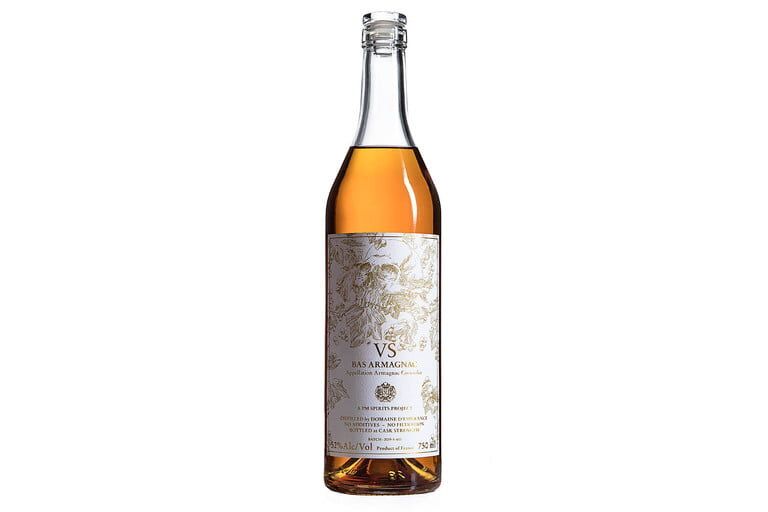Mastering the Old Hickory With Neal Bodenheimer
The obscure vermouth classic gets retooled with an eye toward more flavor and less dilution.
The “raisinated vibe” and wormwood bitterness of La Quintinye Blanc forms one half of the 50/50 vermouth split.
If you’ve never heard of the Old Hickory, you’re not alone. A simple 50/50 mix of sweet and dry vermouths punched up with bitters, this low-proof classic has long existed in the shadow of the Bamboo and Adonis. Neal Bodenheimer wants to put it center stage.
Though he started workshopping the drink at his New Orleans bar Cure, he “really dug in,” as he describes the process, on the Old Hickory for Dauphine’s, a New Orleans–inspired bar and seafood restaurant slated to open this spring in Washington, D.C.. “It felt modern, and like things I wanted to drink,” he explains of the simple build. However, “it felt like a cocktail that never really got its due.”
Part of the New Orleans canon of cocktails, the Old Hickory first appeared in print in Stanley Clisby Arthur’s 1937 book, Famous New Orleans Drinks And How to Mix ’Em. Supposedly, “Old Hickory” was a nickname given to General (and later U.S. president) Andrew Jackson, a reference to his fortitude as he led troops through the Battle of New Orleans in the winter of 1814-15. Although Arthur writes that the drink was Jackson’s “favorite tipple,” Bodenheimer dismisses the claim: “I don’t think people were drinking vermouth in America in 1850.”
Though his vision for the Dauphine’s interpretation is a pre-batched version, Bodenheimer preserves elements of the cocktail-making ritual. The format coalesced at an event held at New York’s James Beard House in September 2019, intended as a preview for Dauphine’s. For the seated dinner with cocktail pairings, Bodenheimer sought out food-friendly pours, and the vermouth-forward Old Hickory seemed like a natural fit. Yet, stirred with ice, it felt too thin and watered-down. The solution was to pre-batch the vermouths and refrigerate the mixture until ready to serve. Bitters were stirred in at the last minute—“bitters expand in a batch over time, so I keep them out,” says Bodenheimer—and the mixture was then poured over a large ice cube and quickly served. The end result presented like a cocktail, but retained the texture of wine.
“We said, ‘What if we made it like an Old-Fashioned setup, and less like a vermouth cocktail?’” he recalls. “We always had our vermouth in the fridge anyway, so we always had a chilled vermouth bottle.”




